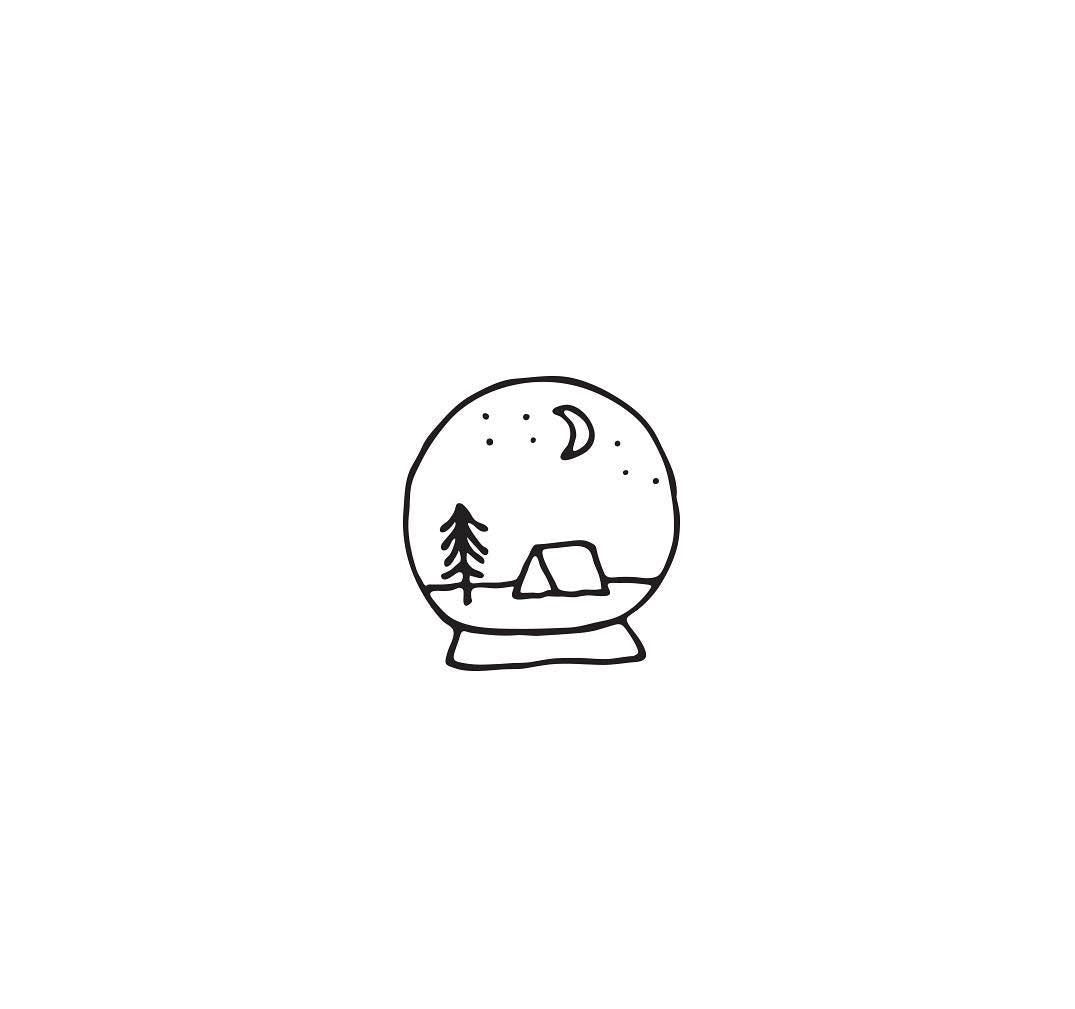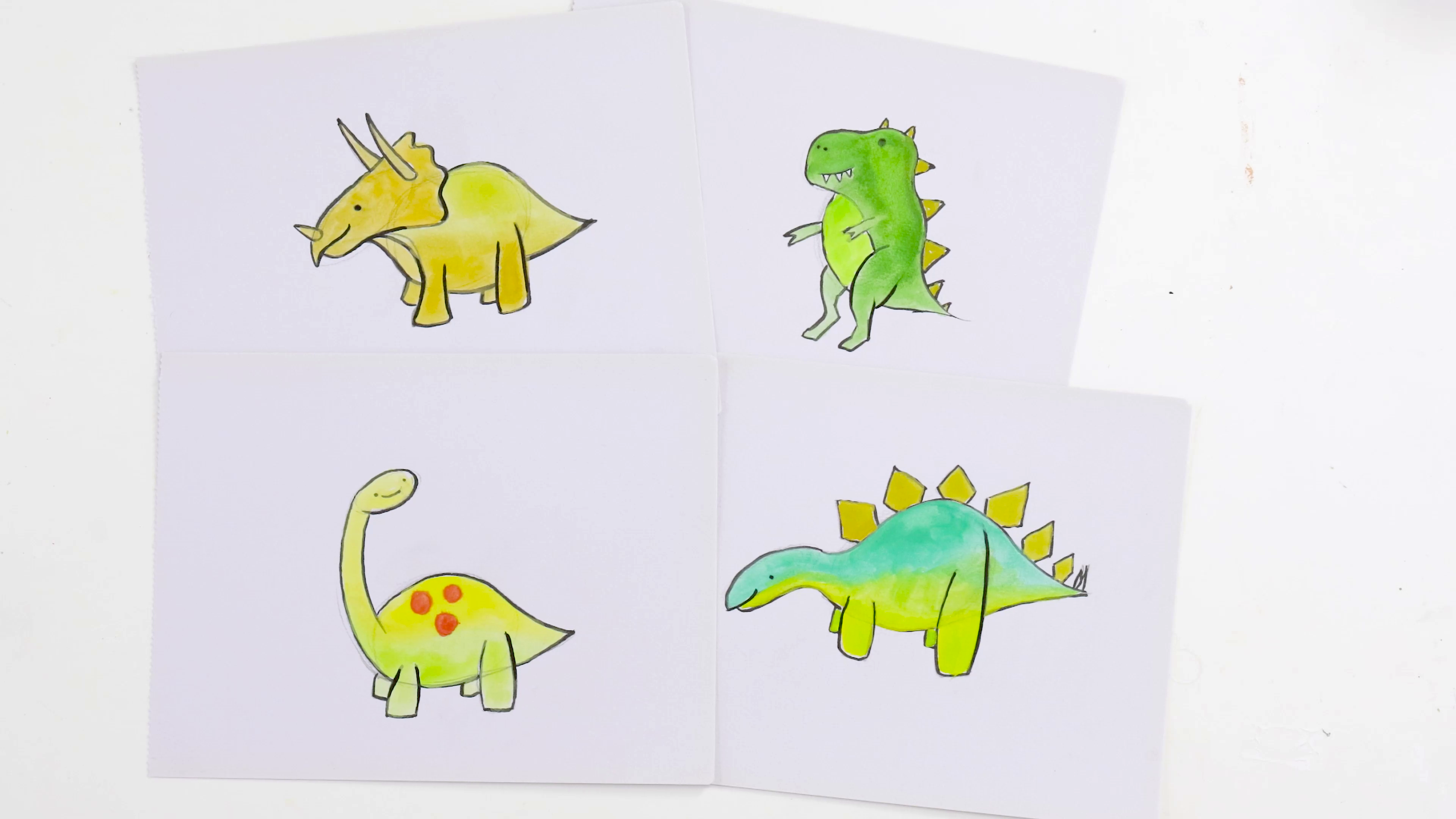Create a shire draught horse sculpture with polymer clay part 1
In this lesson we create a handsome and realistic Shire Draught Horse using Mont Marte Beige Polymer Clay. Follow the process from creating the armature through to completion of the finished horse sculpture.
How To Sculpt a Shire Draught Horse with Polymer Clay
Step 1. The Armature.
The first stage of any sculpture with under cuts is to create an armature, as the clay has no ability to support itself freely. This armature is created using a wooden palette as a plinth, and features 4 threaded rods fastened to it.
The first step is to cut the template from page 8 of the PDF and tape it centrally onto the palette. Drill the hole points with a 1/16th drill bit. Mark the aspect of the template with a pencil onto the palette and remove the template. Next lay the image of the armature views on pages 7 and 8 on the table in front of you. Each one of the 4 booker rods needs to be bent into a specific shape with these bends in line with the red line on the plans. The bend points can be marked with a spot of Blue Tac and the bends made with a pair of flat nose pliers. Take your time and make the final cut with a hacksaw.
I will say at this point that before the last cut is made screw both nuts onto the booker rod, cut the rod to the desired length and then screw the nuts off. This way the thread is recut if the hacksaw damaged it. Once all 4 rods have been fashioned it is time to secure them to the plinth, or in this case the wooden palette. To do this screw on a nut then a washer, place it through the palette, then place the second washer and nut onto the rod protruding through the palette from the back and tighten them. Repeat this process for the other three rods. Tie each set of leg rods together tightly with wire.
Next create the back bone element by bending the end to the correct shape, cut it to size and tie it across the leg rods. The head component can then be bent into the appropriate shape and tied onto the backbone. I have placed the head to the side slightly. It you like, you can use some epoxy glue to lay over the wire ties so that the head component of the armature won’t move at all.
That is the rod stage of the armature completed. Next we need to pack out the armature with some alfoil. Fill out the body part and make sure the alfoil ball is tightly compacted and that it does not extend past the intended clay perimeter. Sit this inside the armature and tie it tightly to the backbone element. Pack out the head in the same way as the body and tie it to the head component of the armature. Again, make the area well inside the area intended for clay. The final step for the armature is to create a skin over the armature with Polymer Clay.
Condition some clay and fashion it to a thickness of 4mm. If you are using a pasta/clay machine set it to a #1 setting. Cover the alfoil and smooth any edges together. Smooth off the coat and extend it down the legs slightly and taper it off. Once this stage is finished place it in a 130 degree pre heated oven. Remove it from the oven and let it cool.
Step 2. The legs.
Once the model is cool, we can start on the legs. Begin by conditioning some clay and wrap it around each leg so the clay is a thickness of at least a centimetre. Ensure there is no air between the rod and the clay.
Refer to the second set of side, front and rear views on pages 9 and 10, and pare away the excess clay until the shape is correct. Referring to the second set of images, take any measurements from them with a set of callipers if you have them, and transfer them directly onto the sculpture.
For the front legs carve out areas to show the knees.
For the back legs carve them to shape and then add the thighs and buttocks and smooth them into the body. At this stage add any elements like tendons and muscles. Keep spinning the turntable to look at your work from all angles. Once you are happy with the detail on the legs you can start to add the muscles in the shoulder that extend from the sternum up across the shoulder. You may want to seek extra reference material to help you. I like to lay the muscles in the same way that they lie on the actual animal.
Step 3. The body.
The legs have been completed and it’s time to move on to the body. The best way to do this is to add any muscle and apparent bones first, and then lay a thin skin over the horse. So I lay in some shoulder blades and muscles on top of the neck extending down the back and the muscles on the front of the neck. I also add the latissimus and the deltoid muscles as well. After I have all of this information in, I can fashion a thin sheet of polymer clay over the body and blend it in to the rump. I follow the same steps with the neck also and blend this into the body sheet.
Step 4. The head.
The head is a challenging part of the project and it is a good idea to get a few photos of a shires head in a few angles to refer to. Start by applying some clay over the head so it is roughly the right shape. Make sure there is more clay than is needed as you need a fair bit to push and pull it about. Add a pair of ears from flattend ovals of clay, point the tips and apply them to the head. Cut the side profile shape of the head. Next cut grooves either side of the head and smooth out these grooves. Add a lump of clay either side of the head and fashion the eyes into this. I like to shape the eye socket then place the eyeball into it and then apply the lower eyelid, it can then be refined until it looks right. Mould the muzzle shape and cut in a mouth and chin. Add the muscles on the side of the head and blend them in. The nostrils can be suggested by creating 2 eccentric spirals and blending them into the muzzle. They can then be refined until they look correct.
Once your model has baked. Turn off the oven and open the door and let the sculpture cool slowly. Don’t remove it until it’s totally cool, this way cracks are minimised.
Step 5. Finishing.
In this stage we add the detail.
First start with the tail. Fashion a length about 20 mm wide and 5 mm thick. Using the spike tool fashion lots of fine grooves into the surface. Next cut this sheet into three equal lengths and create a plat.
Cut the base to a point and apply it to the horses rump and smooth it in. The braided mane can be created by fashioning a long triangular shape about 8 mm wide by 5 mm high by about 140 mm long. Attach a small rosette every few centimetres. Apply this onto the neck and press it down. Cut the piece from behind the eyes down to the withers. Using a spike tool press the edge of the piece so it suggests the hair leaving the horses neck and then create more hair lines going to each rosette. The horse is now finished but it may need smoothing. Use a flat taklon get rid of any little bumps.
Material List
- Make n Bake Polymer Clay Signature 400g (14.1oz) - Beige
- Traditional Wood Palette Signature 30 x 38cm (11.8 x 14.9in)
- Mini Modelling Tools Signature 10pc
- Clay Tool Set Signature 11pce


































